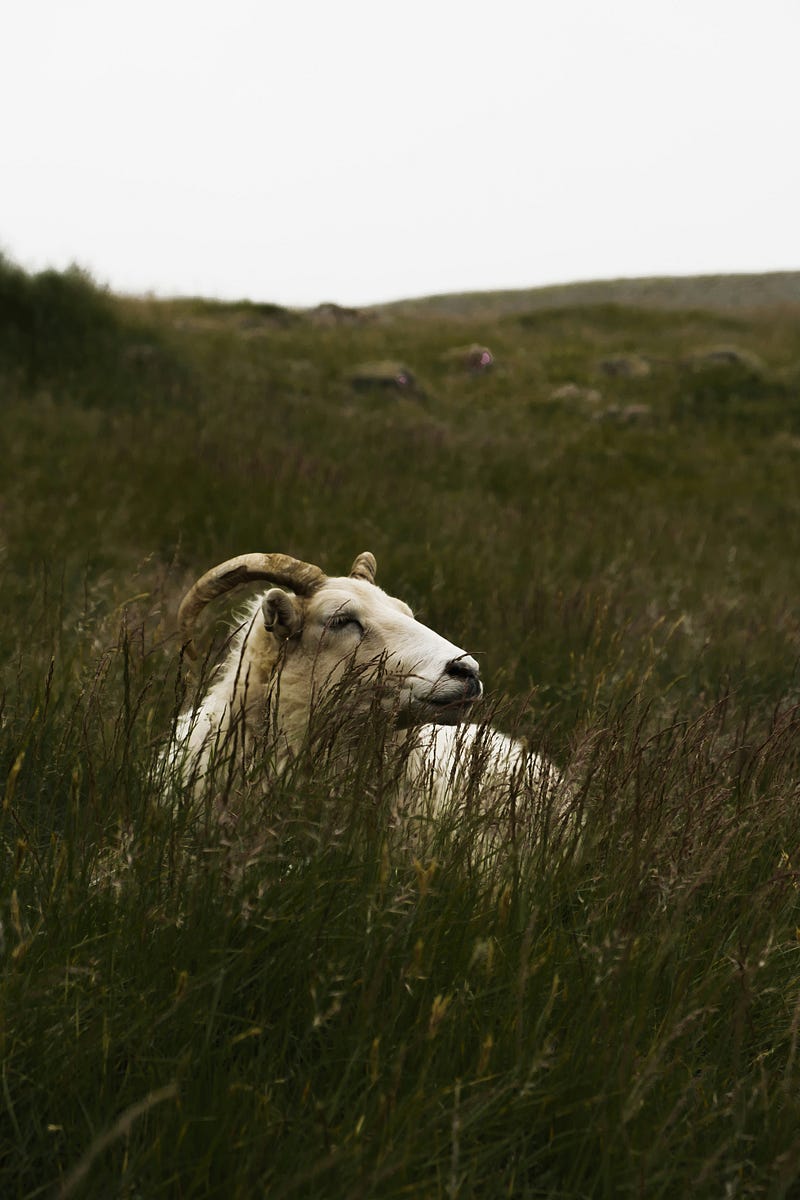Mountain Goats and Avalanches: An Unexpected Connection
Written on
Chapter 1: An Unexpected Predator
Recent research indicates that mountain goats have an unexpected and formidable natural foe: avalanches. While it might not be shocking to researchers familiar with the habitats of these animals, a thorough examination of the effects of avalanches on goat populations had not been conducted until now. This gap in research can largely be attributed to the challenging and often dangerous terrains that mountain goats inhabit, making it difficult for researchers to gather data during winter months when avalanches are a concern.
Over nearly two decades, a comprehensive study was carried out on mountain goats in coastal Alaska, with support from the Alaska Department of Fish and Game, which helped track 421 goats. Researchers outfitted these goats with collars designed to signal if an animal perished. Surprisingly, the study revealed that avalanches were a significant cause of death among these goats.
"Avalanche mortality patterns scaled up to reveal population-level implications," the authors noted. "The proportion of the population that died from avalanches averaged 8 percent annually over the study... Three populations had at least one year where more than 15 percent of the population died in avalanches."
In simpler terms, a population-level event threatens all individuals in a specific area. The study monitored multiple groups of goats, with three groups experiencing more than 15% mortality in one year due to avalanches. In one region, an astounding 65% of all mountain goat fatalities were directly linked to avalanches.
Section 1.1: The Surprising Victims
One might assume that only younger or older, less experienced goats would fall victim to avalanches, but the findings indicate otherwise. A significant 61% of the goats that died were in their prime, aged between 4 and 9 years. Death rates peaked during variable snow conditions in early winter and spring thaws, aligning with the increased occurrence of avalanches.
“It’s pretty impressive [that the researchers] were finding collars under avalanche debris,” noted Elizabeth Flesch, a wildlife geneticist at Montana State University who did not participate in the study. She emphasized that the impact on adult females is particularly concerning.

Section 1.2: Implications of Climate Change
Experts stress the importance of this research, especially considering the potential effects of climate change on snowpack conditions in Alaska and other regions. Increased occurrences of extreme winter precipitation and rain-on-snow events are likely to heighten avalanche risks. As avalanches become more frequent, the likelihood of harm to mountain goat populations rises.
"The high rates of avalanche mortality we document might be widespread among mountain wildlife, and if so, carry important cultural and ecological implications,” stated the study's authors.
Chapter 2: Human Influence on Avalanche Frequency
The first video, "Avalanche Goats," provides insight into the unique relationship between mountain goats and their perilous environment, showcasing how these animals navigate challenging conditions.
The second video, "Big Sky Avalanche Safety | Rescue Goats," discusses avalanche safety and highlights how human activities like skiing and snowboarding can contribute to avalanche occurrences.
The increasing frequency of avalanches can also be attributed to human activities, such as recreational skiing and snowboarding, which weaken packed snow and can trigger avalanches. Although these activities may not be a primary draw in Alaska, they still have an impact.
Moreover, earthquakes, which have increased in frequency due to factors such as hydraulic fracturing in the oil and gas industry, can also contribute to avalanches. Alaska, with its history of seismic activity, presents an additional challenge for mountain goats already facing threats from climate change.
As humans continue to alter the environment, mountain goats find themselves at risk from factors beyond their natural adaptations. While these resilient creatures can endure their rugged habitats, the increasing challenges posed by human activity highlight the need for greater conservation efforts.
In conclusion, it is vital that we recognize our role in the changing dynamics of the natural world and work towards mitigating the impacts of our actions. By supporting mountain goat populations and their habitats, we can help ensure their survival in an increasingly precarious environment.